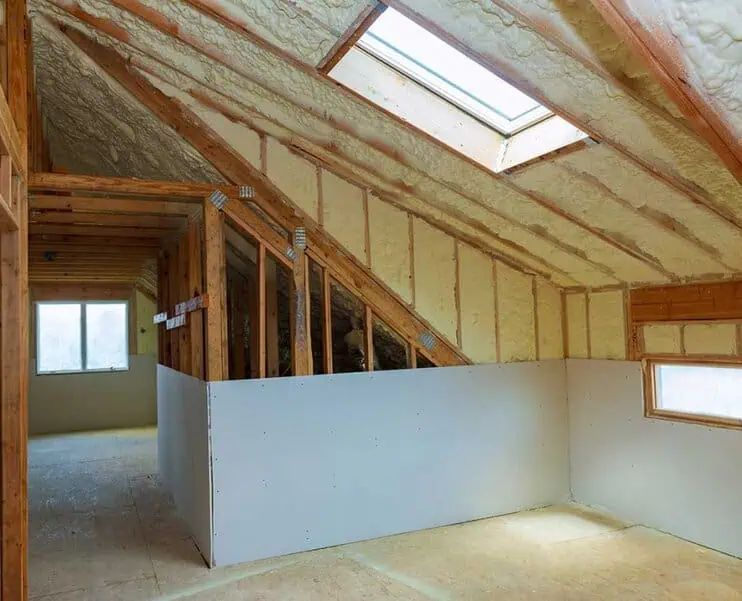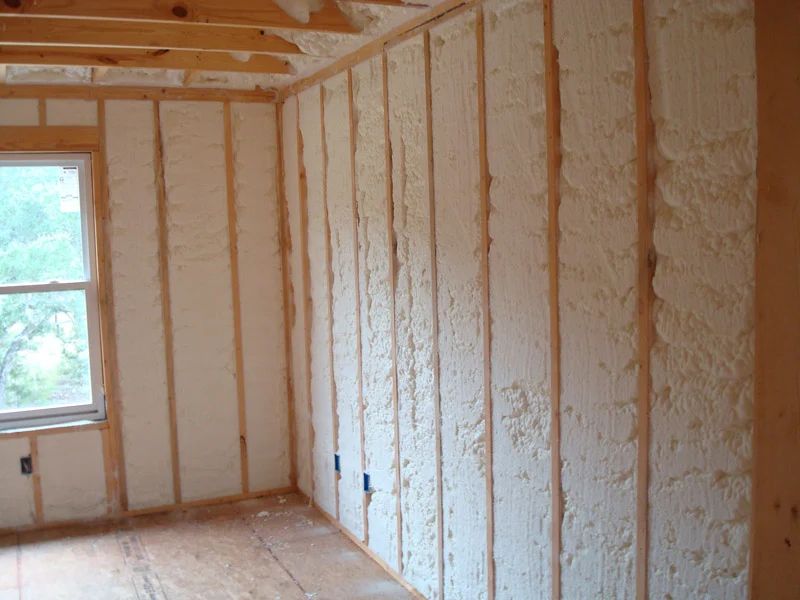
How Attic Insulation Can Help You Achieve a More Comfortable Home Year-Round
A well-insulated attic plays a significant role in maintaining year-round comfort by keeping your home at a consistent, comfortable temperature regardless of the season. While homeowners often focus on HVAC systems and windows for energy management, the space right above your ceiling is often overlooked. Yet, what happens in the attic directly impacts how warm or cool your living areas feel every day.
The Year-Round Importance of Proper Insulation
In the colder months, warm indoor air rises and can easily escape through an under-insulated attic. This leads to an increased workload on your heating system and, ultimately, higher utility costs. Conversely, during the summer, heat from the sun seeps through the roof and accumulates in the attic. Without proper thermal barriers in place, that warmth radiates downward, forcing air conditioners to work harder to maintain indoor comfort.
This cycle of energy loss and overworked systems doesn’t just strain your wallet. It also impacts how pleasant your home feels. Ensuring the attic has efficient insulation in place becomes a foundational step toward achieving year-round indoor stability.
How Insulation Balances Indoor Temperature
Insulation acts as a thermal barrier that slows the transfer of heat. Whether the goal is to keep warmth in during winter or block heat from entering during summer, quality materials make a difference. With fewer temperature fluctuations between rooms and floors, occupants enjoy a cozier and more balanced home environment.
Thermal regulation isn’t only about comfort. It also protects your HVAC system from unnecessary strain. Systems that cycle on and off frequently due to poor insulation tend to wear out faster and require more frequent maintenance. Adding the right amount of insulating material helps regulate internal temperatures while easing the burden on heating and cooling equipment.
Reducing Energy Use with Better Thermal Protection
When homes are properly insulated, energy usage naturally declines. A tightly sealed attic traps the desired indoor climate, so your systems don’t have to compensate for losses. This translates to noticeable reductions in monthly utility bills.
In fact, addressing the upper part of the home often yields one of the highest returns on energy efficiency improvements. According to experts, adequate insulation paired with duct sealing ensures warm or cool air reaches your living space without leaking into unconditioned areas. This simple adjustment can drastically lower energy consumption.
Creating a Quieter, More Peaceful Living Environment
Another less obvious benefit of attic insulation is its soundproofing qualities. Insulated homes absorb external noise more effectively, minimizing disruptions from traffic, rain, or neighborhood activities. For homes in busy urban or suburban areas, this additional layer of quiet comfort can significantly enhance daily living.

Indoor Air Quality and Moisture Management
A well-insulated attic also supports healthier indoor air by reducing the pathways for pollutants to enter the living areas. Poor insulation allows dust, pollen, and even mold spores from the attic to infiltrate the air you breathe. Furthermore, improper thermal control can cause condensation and moisture buildup, which often leads to wood rot or mildew.
Moisture-related issues are more than cosmetic concerns; they can damage structural components over time and jeopardize indoor air quality. Preventing these problems starts with ensuring the attic has the appropriate type and thickness of insulation.
Long-Term Benefits for Home Value and Comfort
Investing in loft Insulation doesn’t just offer immediate comfort and savings. It also improves long-term property value. Energy-efficient homes are in high demand and often command better market prices. Prospective buyers increasingly look for properties with sustainable, cost-saving upgrades already in place.
Additionally, insulation contributes to temperature consistency throughout the home. You’re less likely to encounter cold spots in winter or overheated upper floors during summer. That consistent, reliable comfort matters day-to-day and year-round.
Know When to Upgrade or Replace Existing Insulation
Over time, insulation materials settle, become compacted, or get damaged by pests or moisture. If you notice inconsistent indoor temperatures, unusually high energy bills, or drafty upper rooms, it may be time to inspect the attic for deficiencies.
Home energy audits or inspections by professionals can reveal where upgrades are needed. Companies like Attic Fanatics USA specialize in evaluating and enhancing attic performance to help ensure your home remains as energy-efficient as possible.
Sealing the Envelope for Maximum Efficiency
Effective insulation works best when combined with proper air sealing. Even with thick layers of material, gaps and cracks can let valuable air escape. A thorough inspection can identify these hidden leaks. Solutions like duct sealing ensure that conditioned air travels where it’s meant to go—not into the attic or other unoccupied zones.
Combining sealing techniques with updated insulation creates a stronger thermal envelope around your living space. The result is an environment that’s easier to heat in the winter, cooler in the summer, and far more economical to maintain overall.
Insulation as a Key to Year-Round Indoor Comfort
While windows, HVAC units, and thermostats all play a role in climate control, it’s the unseen layers above the ceiling that have a lasting impact. Attic insulation is an unsung hero in the quest for better living conditions, influencing everything from monthly expenses to seasonal comfort.
The best results come from a whole-home approach, but prioritizing insulation in the attic is a strategic starting point. It offers measurable benefits in comfort, efficiency, air quality, and even noise control.
Start your home comfort journey with the right insulation. Learn more about how quality attic insulation supports healthier, quieter, and more balanced living spaces.
